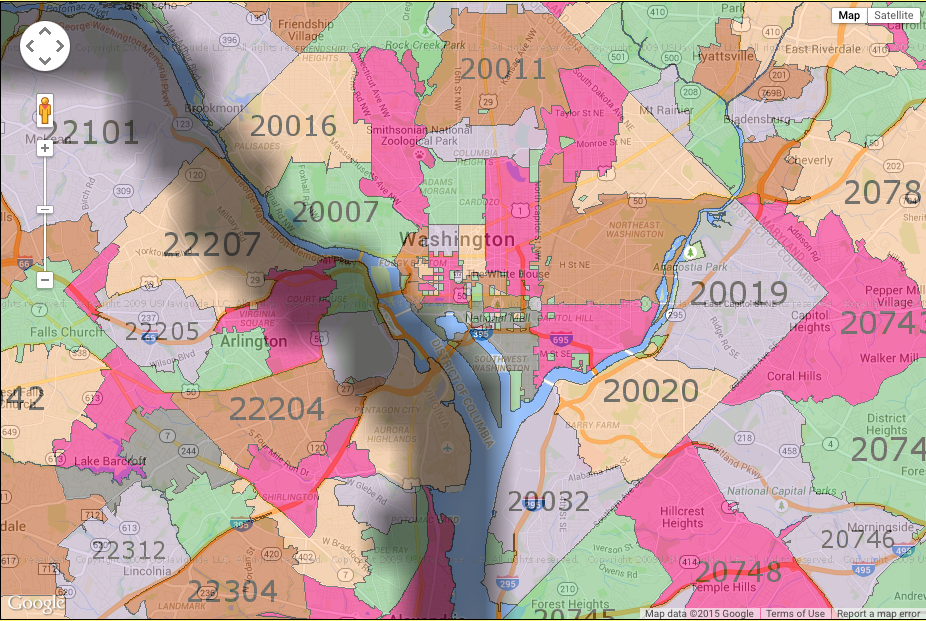Fifty-two years ago, people feared that their names were being replaced with numbers by the federal government in some sort of conspiracy.
In reality, the U.S. Postal Service decided that there were better ways to sort and deliver mail, and that was through the use of the ZIP code.
In the late 1940s, approximately 20 million pieces of mail went through the Postal Service, which used to be called the Post Office Department. The ever-increasing use of the Post Office Department called for a possible change in how the mail was sorted and delivered.
Enter the Zone Improvement Plan (ZIP) code.
Formally introduced on July 1, 1963, the "ZIP" code "divided the entire country into coded delivery areas," where based on the order of numbers, the "first two or three numbers told carriers to which states mail was being sent."
The numbers allowed the Post Office Department to quickly transfer mail to the corresponding state, and then city within the state.
For example, the area in and around Washington D.C., uses the number two to start off all ZIP codes.
 Image via ZipMap.net
Image via ZipMap.net
Some people at the time thought that the ZIP code system was created to "depersonalize them" and that "they were being turned into numbers," says a Postal Service historian.
Like any good project, the Post Office Department used marketing to help push for the widespread use of the ZIP codes. The most common ways of marketing the ZIP codes were through magazines and other advertisements, but TIME.com found an old video ad calling for people to use the ZIP codes on their mail.
By the end of the decade, over 80% of respondents to a Roper Research Associates poll said that they used the ZIP code system on their postage.
Clearly, the marketing had succeeded.
Soon, the Postal Service had to increase the total of numbers per ZIP code, both to help with the increase in the population and to help pinpoint locations with greater accuracy.
According to TIME.com, the U.S. Postal Service "estimates that increased efficiencies for both large mailers and the postal service itself add almost $10 billion of value to the U.S. economy a year."
H/T TIME.com
